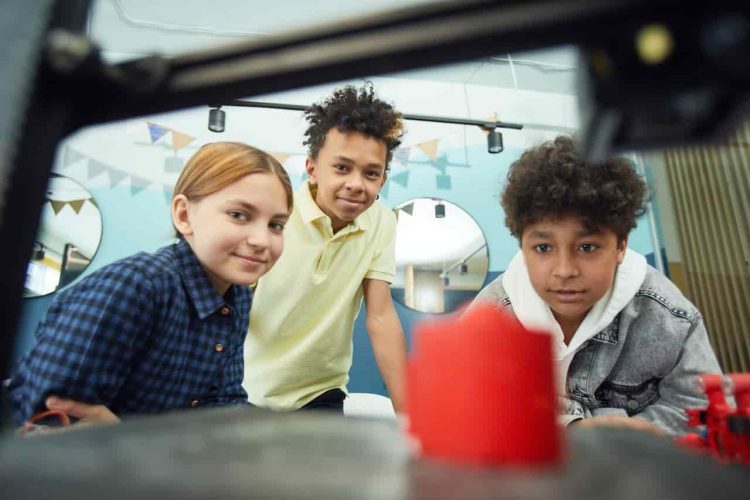3D printing or three-dimensional printing is a wonderful tool for young learners because it provides the scope and opportunity to visualize textbook concepts in physical form. 3D models and so forth can be used to pique a young child’s imagination and ultimately lead to better retention of the course material and improved performance in school and standardized testing. Here are some tips to utilize 3D printing in the classroom and do it well.
1. Learn Its Proper Use
Educators need to learn how to use different software and equipment before they can pass on the benefits to their students. There are a multitude of free online courses available on different platforms that teach primary and middle school teachers how to use a 3D printer for many purposes in the classroom. Each 3D printer itself comes with extensive instructions as well as digital tools from the company to ease educators into the process of utilizing 3D printing to boost learning the classroom.
2. Let The Students Try Their Hand At It
Students need to be allowed to make their errors and then reevaluate and start again. Once you have mastered the art of using a 3D printer well, you can start to teach your students how to use it to bring their idea and respective imaginations to light. Start teaching them basic features and allow a lot of room for trial and error and you can always keep a few failed prints or tries on display so they pick up on ‘what not to do.’
3. Pay Emphasis On Speed
3D printers for classrooms generally work rather slowly as creating and printing shapes and patterns out of plastic is a time-consuming ordeal. There are quite a few hacks used by self-professed experts that can speed up the process somewhat as speed is an important factor when there are only a few 3D printers to go around and a whole classroom of students waiting to use them.
Consider a larger layer height and a large nozzle. While this achieves a less than perfect result, it does get the prints done faster. This is a good trick to use if you are more concerned about the general idea and concept of a print but are willing to forego some of the intricacies of making it look perfect. A 0.4mm nozzle is a standard tool add-on with most 3D printers but if you buy 0.8mm nozzles you are looking at greater speed and efficiency. When using the control dashboard on your 3D printer, utilize settings specific to the model that are geared towards a slight compromise on clarity for quicker results.
Infill settings are another hack where you can reduce the time it takes to get out prints. If you are constructing a model with multiple parts that need to be done separately, you can reduce infill requirements to even 20%. To go any lower means you will be seriously affecting the print but 20% is a good percentage to keep your infill at to secure a speedier print.

